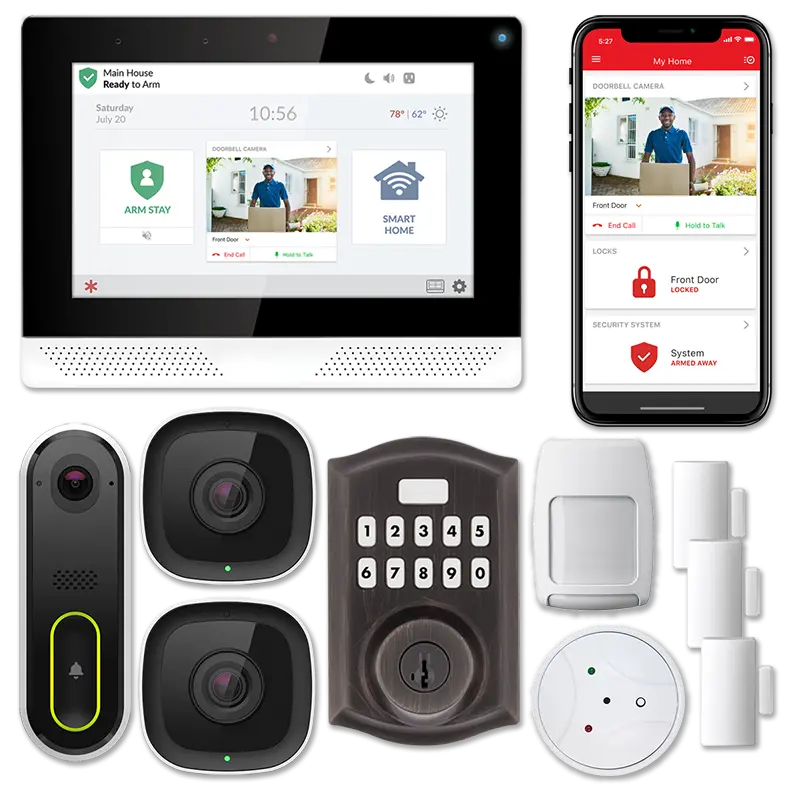
Securing Your Space: DIY Home Security Systems Guide

Empowering Homeowners with DIY Home Security Systems
Home security is a top priority for homeowners, and the rise of do-it-yourself (DIY) home security systems has empowered individuals to take control of their property’s safety. This comprehensive guide explores the benefits, considerations, and steps involved in setting up DIY home security systems.
Understanding the Appeal of DIY Home Security
DIY home security systems have gained popularity for several reasons. Affordability, easy installation, and customization options make them an attractive choice for homeowners seeking to enhance their security without the need for professional installation. These systems cater to a wide range of budgets and technical expertise.
Choosing the Right DIY Home Security Components
A key advantage of DIY home security systems is the ability to customize the setup based on specific needs. Common components include wireless cameras, motion sensors, door/window alarms, and smart locks. Selecting the right combination of components ensures comprehensive coverage and tailored security features.
Wireless Technology and Smart Integration
Most DIY home security systems leverage wireless technology, eliminating the need for complex wiring. This not only simplifies installation but also allows for flexible placement of devices. Additionally, many systems integrate with smart home platforms, enabling remote monitoring and control through smartphones and other devices.
Installation Steps for DIY Home Security Systems
Setting up a DIY home security system is a straightforward process. Begin by conducting a thorough assessment of your property’s vulnerabilities. Install cameras strategically to cover entry points, and position motion sensors to detect any unusual activity. Ensure that all components are securely mounted and aligned for optimal functionality.
Enhancing Security with Smart Cameras and Sensors
Smart cameras and sensors are integral components of DIY home security systems. Smart cameras offer features like live streaming, motion detection, and two-way communication. Motion sensors trigger alerts and can be customized to specific areas, providing an added layer of security.
Choosing DIY Home Security for Rental Properties
DIY home security systems are not exclusive to homeowners; they are also suitable for renters. Since these systems are wireless and do not require permanent installations, renters can enhance their security without violating lease agreements. Portable DIY systems offer flexibility and can be easily moved to a new location.
Considering Monitoring Options
DIY home security systems provide flexibility in monitoring options. While some systems offer self-monitoring through mobile apps, others allow users to subscribe to professional monitoring services. The choice depends on individual preferences, with self-monitoring providing more control and cost savings.
Potential Challenges and Mitigations
While DIY home security systems offer many advantages, homeowners should be aware of potential challenges. These may include false alarms, technical issues, or limitations in coverage. Properly positioning and testing components, staying updated on software upgrades, and conducting regular maintenance can address these challenges.
Community and DIY Home Security
DIY home security systems contribute to community safety. Many systems allow users to share footage with neighbors or local authorities, fostering a collaborative approach to security. This sense of community engagement enhances overall safety and builds a network of







